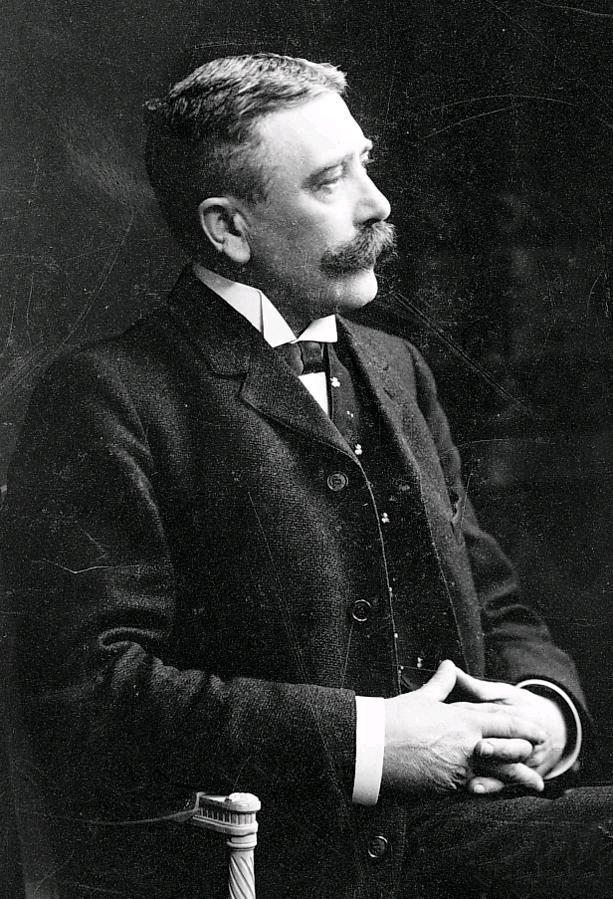This is a (long overdue) blog post. This is near the beginning of a (rather short) paragraph. This is a sentence. This is a word: word.
In the above, I’ve listed four things: blog post, paragraph, sentence, and word. These words (perhaps with the exception of ‘blog post’) can be found in dictionaries where the definitions are more or less the same. I think it would also be fair to say that your understanding of those four words are more or less congruent with mine (although you might like your paragraphs to be longer, or shorter, or you might not use paragraphs at all and prefer huge chunks of text that run page after page, in which case you’d remind me a little too much of Joseph Conrad and we may have to cease our friendship). In any case, we all pretty much agree on what the words mean.
But have you ever asked why? Ever wondered how? How is that when I type a word, you will read it and interpret the lines on your screen in the way I intended? How do we gather meaning from a bunch of pixels that have bits of space in between? How do we know if the ‘words’ have any meaning at all? Explain this phenomenon to me, now!
Thankfully, a lovely Swiss fellow (with a lovely moustache) by the name of Ferdinand de Saussure has done all the hard work for us. (Before you go on, you might like to refresh your memory by reading the introduction to literary and critical theory.)

